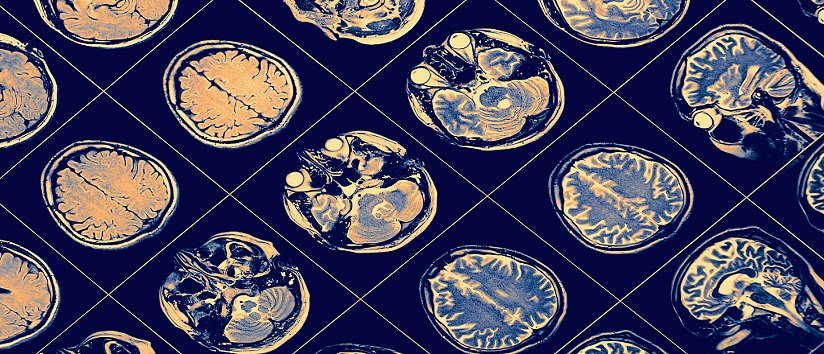New research unlocks the brain mechanics behind PTSD treatment
By unlocking the internal structure of posttraumatic stress disorder (PTSD) researchers have managed to make visible the underlying brain mechanics behind a successful treatment by trauma-focused psychotherapy.

PTSD occurs when a person who has had a traumatic experience, such as an experience of extreme violence or vulnerability, and then relives those experiences through symptoms of flashbacks, severe anxiety, and nightmares.
Published in the journal Biological Psychiatry, researchers used neuroimaging to examine the brain areas active during the extreme emotional responses to PTSD. The thinking behind this method is that by understanding what areas are responsible for generating these emotional responses, therapists can better understand the condition and visualise the success of treatment with trauma-focused psychotherapy.
- See also: 'Nearly half of ICU staff report signs of severe depression and PTSD'
- See also: 'New NHS service to improve veteran mental health'
- See also: 'Introduction to Post-traumatic disorders'
Potential to change the way doctors treat people who suffer from PTSD
Lead author Greg Fonzo, assistant professor in the Department of Psychiatry and Behavioural Sciences at Dell Medical School at The University of Texas, said: "We know that psychotherapy works. But we don't have a lot of good data to explain how it works, how the brain is changed by going through this process.”
Trauma-focused psychotherapy is a treatment used to help people recover from a traumatic memory, by employing a method called 'in vivo exposure' which involves facing the feared object, situation, or activity in real life, in combination with 'imaginal exposure' which consists in working through the traumatic experience in the clinical setting. Therefore, by transforming that experience from an unsafe to a safe situation, the patient will theoretically no longer have an unhealthy anxious attachment.
Researchers managed to identify with magnetic resonance imaging scans the active brain networks before and after treatment. Specifically, they can measure the communication traffic between areas for the brain responsible for emotions and regions in charge of logical thinking.
Mr Fonzo said: “What we discovered was a reduction in traffic between these brain regions among patients who had undergone trauma-focused psychotherapy… In fact, greater connectivity changes were associated with bigger symptom reductions. This restructuring of brain communication may be a unique signature of PTSD recovery."
Comments
Write a Comment
Comment Submitted